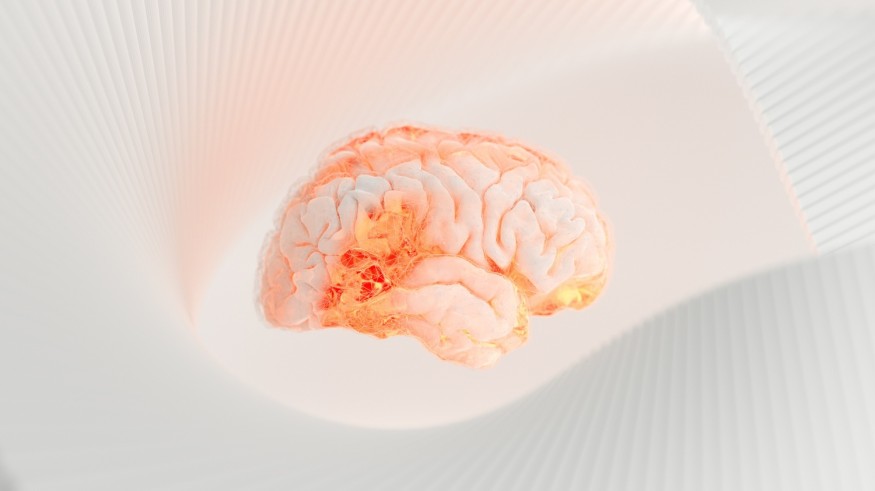Scientists are not just focused on discovering a cure for Parkinson's disease but they are also actively searching for more effective methods to identify it at an early stage and impede its progression. A novel technology uses artificial intelligence (AI) to detect underlying indications of the disease several years before noticeable symptoms like tremors and slowed movements manifest.
As per Science Alert, this tool employs trained layers of nodes inspired by the human brain to seek metabolites in the bloodstream and can be conveniently executed on a standard laptop. By analyzing the patterns associated with these metabolites, the tool has the potential to predict the presence of Parkinson's disease or offer protective insights against its development.

Identifying Metabolites Related to Parkinson's Disease
Diana Zhang, a chemist from the University of New South Wales (UNSW), said in a news release that researchers typically analyze correlations between specific molecules to determine the significance of metabolites in disease versus control groups. However, the new approach takes into account the associations between different metabolites using machine learning to comprehend the complex interactions among hundreds to thousands of metabolites.
The study, titled "Interpretable Machine Learning on Metabolomics Data Reveals Biomarkers for Parkinson's Disease" published in ACS Central Science, utilized blood plasma samples collected from participants in the Spanish European Prospective Study on Nutrition and Cancer.
The team focused on 39 individuals who developed Parkinson's disease within 15 years after participating in the study and compared their metabolite mixes with those of 39 control patients who did not develop the disease. The analysis revealed several patterns that were deemed potentially significant.
The study found that individuals who later developed Parkinson's tended to have lower levels of triterpenoids in their blood, which are compounds that help manage cellular stress and can be found in foods like apples, olives, and tomatoes.
The researchers also observed the presence of polyfluorinated alkyl substances (PFAS) in people who later developed Parkinson's, potentially indicating higher exposure to industrial chemicals. However, larger studies with a huge number of patients are needed to confirm these associations.
Up to 96% Accuracy Rate
Despite the small scale of the study, the authors wrote in an article in the Conversation that the CRANK-MS demonstrated a remarkable accuracy of up to 96% in detecting Parkinson's disease risk. This high accuracy can be attributed, in part, to the comprehensive and unfiltered data fed into the system from the beginning.
Chemist William Donald from the UNSW highlighted the advantage of the approach, stating that it allows for the detection of metabolites that may have been overlooked using conventional methods.
The CRANK-MS system, which uses AI analysis of metabolites in blood samples, is being made accessible to other scientists. This availability opens up the possibility of detecting a wider range of diseases through blood sample analysis.
The researchers behind CRANK-MS are eager to have their system tested on larger cohorts from different regions worldwide to verify its effectiveness in detecting Parkinson's disease. While further testing is required, the initial results show promise in terms of analyzing metabolites in the blood as a potential diagnostic tool.
RELATED ARTICLE: Researchers Discover 50 New Parkinson's Disease Genes Through Genomics Approach
Check out more news and information on Parkinson's Disease in Science Times.










